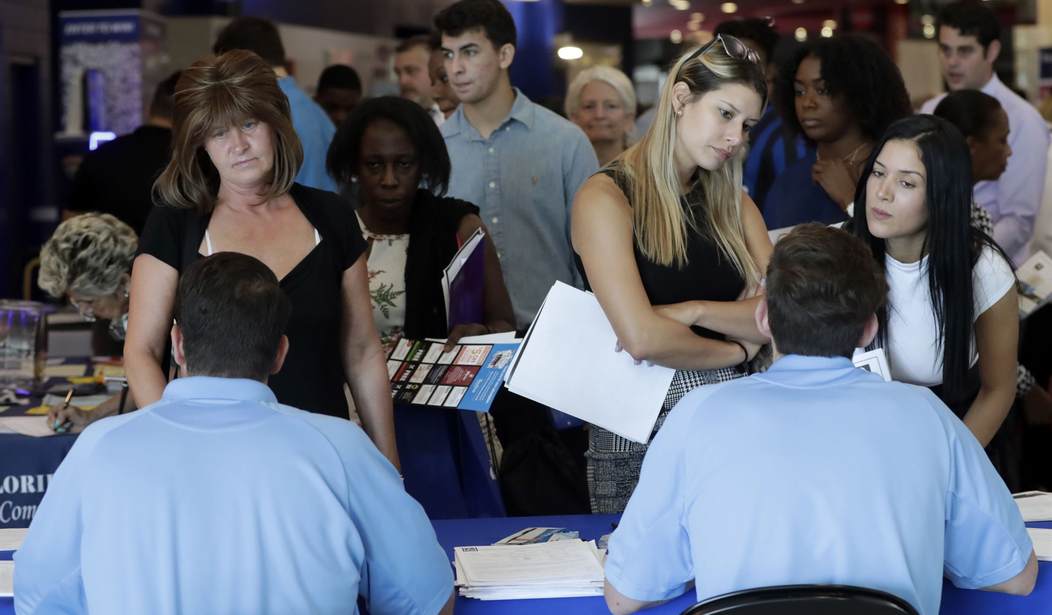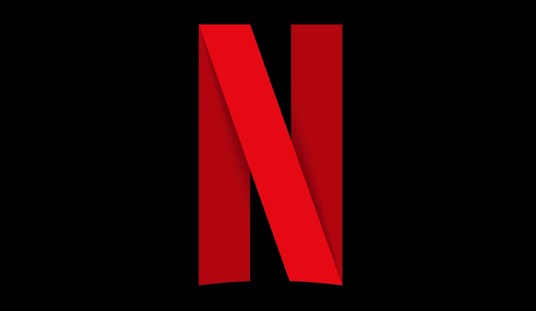Weekly jobless claims appear to have bottomed out but the employment picture is not improving as companies are slow to bring workers back.
Filings for unemployment insurance claims totaled 1.877 million last week in a sign that the worst is over for the coronavirus-related jobs crisis but that the level of unemployment remains stubbornly high.
Economists surveyed by Dow Jones had been looking for 1.775 million new claims. The Labor Department’s total nevertheless represented a decline from the previous week’s upwardly revised total of 2.126 million. Filings under the Pandemic Unemployment Assistance program totaled 623,073.
That’s the lowest weekly claims number since March 14.
But despite states re-opening their economies, employers appear to be wary about bringing back furloughed workers.
“Even as states reopen, claims in the millions are an indicator that the economic pain of the COVID-19 crisis is still acute,” said Daniel Zhao, senior economist at job placement site Glassdoor.
Continuing claims, which provide a clearer picture of how many Americans remain unemployed, totaled 21.5 million, a gain of 649,000 over the past week, also worse than Wall Street expected.
The insured unemployment rate, which is a simple measure of those collecting benefits compared with the total labor force, rose 0.5 percentage points to 14.8%.
The May jobs numbers are due out tomorrow and Wall Street is holding its breath. Indications are that the unemployment rate will be above 20 percent, but any higher than that could send some investors scurrying for the safety of bonds.
There is some room for optimism.
A day before the jobless claims report, ADP’s private payrolls report on Wednesday showed a decrease of 2.76 million positions in May. While that remains far higher than anything the U.S. economy saw in the pre-coronavirus era, it was well off Wall Street expectations of an 8.75 million decline.
That led Moody’s Analytics economist Mark Zandi to declare that “the Covid-19 recession is over.” Moody’s assists ADP in putting together the monthly private payrolls report. “That would make it the shortest recession in history,” Zandi said. “It will very likely be among the most severe.”
This is what the Trump Recession Scenario looks like; a short downturn followed by a roaring recovery. The president has been touting that outlook for weeks now, pushing back against economists who are saying recovery will be long and slow.
That may yet prove to be the case. It’s an unprecedented situation and no economic model can predict what will happen because no economy has ever experienced anything like this. All you can do is look at the numbers and hope.
Once people start getting back to work, the perception of doom and gloom may change and swifter recovery becomes more possible. Perception is, after all, a large element in how the economy performs. If people are more secure in their jobs, they’re more likely to spend their money.
So the resilience of the American worker will once again be tested. If history is a guide, they haven’t failed the country yet.










Join the conversation as a VIP Member